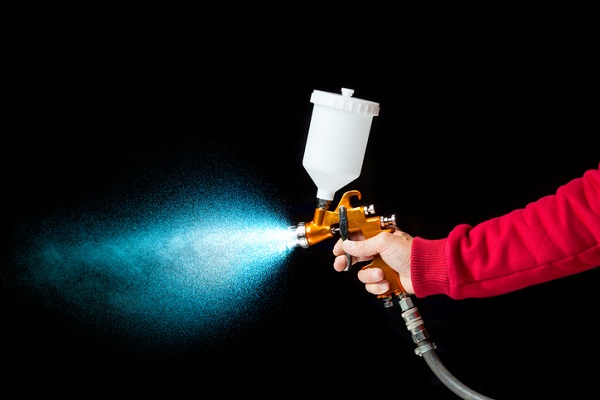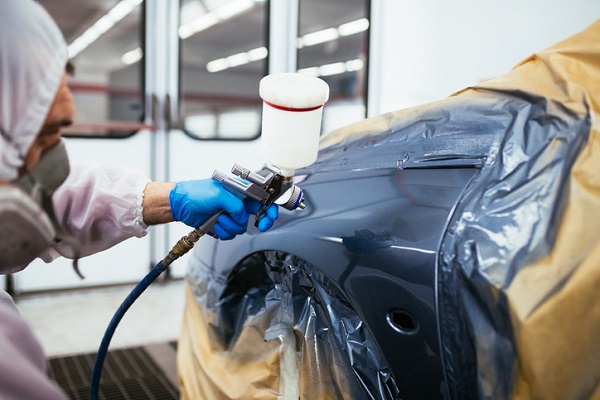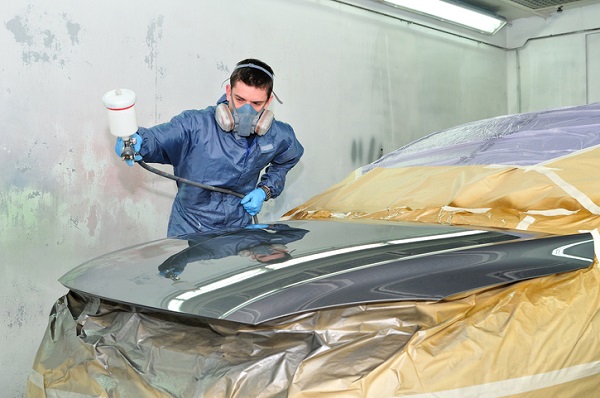4 Things to Know About Metal Flake Paint if You’re Interested in Auto Body Technician Training

Metallic paint—also called metal flake paint—can be used to bring out certain elements of a car’s design, and can even add a fresh new look to a vintage ride. Metal flake paint, as you can tell by the name, contains small particles of metal that better reflect light and give a car a unique shine; it can also be handy for hiding minor damage.
Before you break out the airbrush, however, it’s important to know the finer points of working with and applying metal flake. If you’re thinking of starting a career as an auto body technician, read on to find out what you should know about metal flake paint.
1. Use Your Auto Body Technician Training to Protect the Vehicle First
The car is obviously the star player in any auto body career, and you should make sure that you’re taking the right steps to protect it and yourself whenever you apply metal flake paint.

Surface preparation is an important aspect of your auto body technician training, and you should wash the car first to make sure the paint is applied evenly. Only leave the parts exposed that you want to paint, and make sure any tires, tags, or hood ornaments are covered. You should also wear gear like coveralls, a ventilated hood, and overboots to protect yourself as well.
2. Auto Body Technicians Should Pay Attention to Grain Sizes
Although it may seem like all metal flake is the same, there are actually many different sizes of flake grain that can affect the final appearance of the car.
Metal flake manufacturers often provide paint with a range of grain sizes because the flake determines the roughness as well as the amount of finish required. Generally, the larger the flake, the rougher the finish will be. When applying metal flake, remember to adjust the nozzle size according to the type of flake you’re using. Larger flakes, for example, mean you’ll need a larger nozzle so the flakes won’t clog on application.
3. Less Can Be More When It Comes to Applying Auto Body Flake Paint
Less can be more, especially in regards to metal flake paint. Metal flakes should be mixed with a clear coat paint and applied in layers, with each coat creating a more radiant shine. An automotive course can teach you the right techniques to use to make sure the paint is going on evenly, but a good rule of thumb is the finer the grain, the less you’ll need to apply to achieve the look you want.

4. Auto Body Technicians Shouldn’t Forget to Add the Finishing Touches
After you’ve chosen the flake you want and applied the paint itself, there are a few final steps you should take to help guarantee the car you’re working on continues to shine long after it’s left your care.
Time and temperature are important in the curing process, so make sure to allow plenty of time for the paint job to dry. Once you’ve allowed the final coat to settle, it’s a good idea to apply a clear coat or sealant in order to further protect the paint from damage, as well as add a healthy shine.
Do you want to get in the garage and start painting your way into a rewarding automotive career?
Contact Automotive Training Centres for more information about our auto body repair courses.

